Property from the collection of Umehara Ryuzaburo (1888-1986) at Sotheby's HK
Portrait of Umehara Ryuzaburo at his easel.
Lots 322-329 are from the collection of Umehara Ryuzaburo (1888-1986). Umehara Ryuzaburo was a renowned Japanese painter, he was one of the first Japanese artists to work in the Western style. Characterised by vibrant colours and expressive brushstrokes, his work had perpetual influences on the younger generation of Japanese painters.
Born to a family of textile merchants in Kyoto, Umehara Ryuzaburo’s surroundings honed his keen sensitivity to beauty and devotion to art. He was fascinated by China’s rich cultural history and travelled to Beijing on numerous occasions for inspiration in his work. He painted many versions of the Forbidden Palace and Temple of Heaven, which became two of his signature subjects. During his sojourns in Beijing, he paid frequent visits to the Liulichang and other antique shops, and became an avid collector of Chinese antiquities.
As an artist, Umehara Ryuzaburo also practiced under the famous Impressionist Painter Pierre-Auguste Renoir and was noted by him as a natural colourist. Umehara Ryuzaburo’s affinity to dynamic compositions and vivid hues is also reflected in the colourful wucai porcelain from his collection in this sale.
Lot 322. A wucai 'dragon' brushrest, Mark and period of Wanli (1573-1619); 16.5 cm. Estimate: 30,000 - 50,000 HKD. Lot sold: 252,000 HKD. Courtesy Sotheby's.
Provenance: Collection of Umehara Ryuzaburo (1888-1986).
Lot 323. A wucai 'dragon' square box, Mark and period of Wanli (1573-1619); Japanese lacquer cover and wood box, 13.5 cm. Estimate: 40,000 - 60,000 HKD. Lot sold: 126,000 HKD. Courtesy Sotheby's.
Provenance: Collection of Umehara Ryuzaburo (1888-1986).
Lot 324. A polychrome-enamelled 'kuixing' table screen Ming dynasty, Jiajing period (1522-1566); Japanese wood box, 15.6 cm. Estimate: 6,000 - 8,000 HKD. Lot sold: 69,300 HKD. Courtesy Sotheby's.
Provenance: Collection of Umehara Ryuzaburo (1888-1986).
Exhibited: Late Umehara: His Art and Collection, The Shoto Museum of Art, Tokyo, 2005, p. 130, cat. no. C-29.
Lot 325. A polychrome 'figural' dish and a large polychrome 'Swatow' 'dragon and phoenix' dish, Ming dynasty, 16th century; the figural dish inscribed with Daming nianzhi mark, Japanese wood box, 32 and 32.8 cm. Estimate: 15,000 - 20,000 HKD. Lot sold: 56,700 HKD. Courtesy Sotheby's.
Provenance: Collection of Umehara Ryuzaburo (1888-1986).
Exhibited: 'figural' dish: Late Umehara: His Art and Collection, The Shoto Museum of Art, Tokyo, 2005, p. 42 and 131, cat. no. C-28.
Lot 326. A rare wucai 'fish' jar, Mark and period of Jiajing (1522-1566); the figural dish inscribed with Daming nianzhi mark, Japanese wood box, 23.7 cm. Estimate: 1,000,000 - 1,500,000 HKD. Lot sold: 3,780,000 HKD. Courtesy Sotheby's.
Provenance: Collection of Umehara Ryuzaburo (1888-1986).
Note: 'Boldly painted with a whimsical scene of fish swimming amidst waterweeds, the present jar depicts one of the most iconic designs during the Jiajing period. It is an exceptional piece of imperial Chinese porcelain which embodied the Emperor's obsession with ancient Daoist values, as well as a joyful notion of a carefree life.
The Jiajing Emperor is known as a fervent patron of Daoist causes, it is therefore not surprising that works of art produced under his reign are brimming with Daoist imagery. Fish as an image of freedom from restraints played an important part in Daoist thought since earliest times. They are symbols of the happy, free-spirited life. The free composition and vivid execution of the design on this and similar jars beautifully echo the merry spirit of its message.
The wucai (‘five colour’) palette used for its depiction is a rare version specific to the Jiajing reign that is particularly complex. The available range of ‘five colours’, consisting of underglaze blue and overglaze red, yellow, green and aubergine, was here enlarged further by a sixth: superimposing red on yellow enamel, which required an additional firing, resulted in a rich golden-orange tone ideally suited to render the colour of golden carp, among the most coveted species of fish in China. This complicated wucai style was developed in the Jiajing period and seems to be restricted to that reign.
Two closely related jars from the Henry Oppenheim collection and now in the British Museum are illustrated in Jessica Harrison-Hall, Ming Ceramics, London, 2001, pls 9:117 and 9:118; and another sold in our London rooms, 7th November 2012, lot 325 (Fig. 1). Jiajing wucai fish jars were also made in a variety of sizes, see two larger jars in the Shanghai Museum (Lu Minghua, Shanghai Bowuguan zangpin yanjiu daxi/Studies of the Shanghai Museum Collections: A Series of Monographs. Mingdai guanyao ciqi [Ming imperial porcelain], Shanghai, 2007, pls 3-88 and 3-89).
Fig. 1 A rare wucai 'fish' jar, Mark and period of Jiajing (1522-1566), Sotheby's London, 7th november 2012, Lot 325.
Umehara Ryuzaburo (1888-1986) was a famous Japanese painter as well as an avid collector of Chinese porcelain and works of art. Fig. 2 shows a portrait of the artist with the present fish jar.
Fig. 2 Portrait of Umehara Ryuzaburo with thepresent fish jar, lot 326.
Lot 327. A Cizhou painted 'tiger' pillow, Northern Song - Jin dynasty (960-1234); Japanese wood box, 30 cm. Estimate: 10,000 - 15,000 HKD. Lot sold: 239,400 HKD. Courtesy Sotheby's.
Provenance: Collection of Umehara Ryuzaburo (1888-1986).
Sketch of the tiger pillow (current lot) by Umehara Ryuzaburo (1888-1986).
Lot 328. A large carved duan inkstone, Qing dynasty; 34 cm. Estimate: 15,000 - 20,000 HKD. Lot sold: 214,200 HKD. Courtesy Sotheby's.
with a carved 'dragon and phoenix' wood cover, and a wood stand reticulated with a 'floral' roundel.
Provenance: Collection of Umehara Ryuzaburo (1888-1986).
Lot 329. A carved limestone buddhist votive stele, Tang dynasty (618-907); rotating wood stand, 30 by 20.5 by 15.5 cm. Estimate: 180,000 - 250,000 HKD. Lot sold: 1,890,000 HKD. Courtesy Sotheby's.
with a carved 'dragon and phoenix' wood cover, and a wood stand reticulated with a 'floral' roundel.
Provenance: Collection of Umehara Ryuzaburo (1888-1986).
Note: This rare limestone rectangular stele, finely carved with sensuous naturalistic detail of each of the fours sides with a sculpture of a Buddha and bodhisattva, bears testimony to the development of Buddhist devotional art in China. It served as a vehicle for its fervent commissioner to accumulate merits and record their acts of devotion. With the dynamic growth of Buddhism in the fifth century, various regional devotional societies were formed across China which prompted unforeseen innovation in the production of religious art. Votive stone steles emerged as a new genre in the Buddhist sculptural repertoire that differentiates from monumental cave temple carvings.
Compare another Tang dynasty limestone stele included in the exhibition Ancient Chinese Sculptural Treasures: Carvings in Stone, Kaohsiung Museum of Fine Arts, Kaohsiung, 1998, pl. 64. Despite of a slightly smaller size, it draws close comparisons with the present piece in its composition, rendering of the figures and their style of drapery within the recessed niches, and the apsarases above in three-dimensional relief.
Sotheby's. CHINA / 5000 YEARS, Hong Kong, 26 May 2021

/https%3A%2F%2Fprofilepics.canalblog.com%2Fprofilepics%2F1%2F0%2F100183.jpg)
/https%3A%2F%2Fstorage.canalblog.com%2F03%2F02%2F119589%2F96711876_o.jpg)
/https%3A%2F%2Fstorage.canalblog.com%2F11%2F31%2F119589%2F94773502_o.jpg)
/https%3A%2F%2Fstorage.canalblog.com%2F20%2F83%2F119589%2F94772815_o.jpg)
/https%3A%2F%2Fstorage.canalblog.com%2F26%2F72%2F119589%2F75604929_o.jpg)
/https%3A%2F%2Fstorage.canalblog.com%2F59%2F60%2F119589%2F26458628_o.jpg)
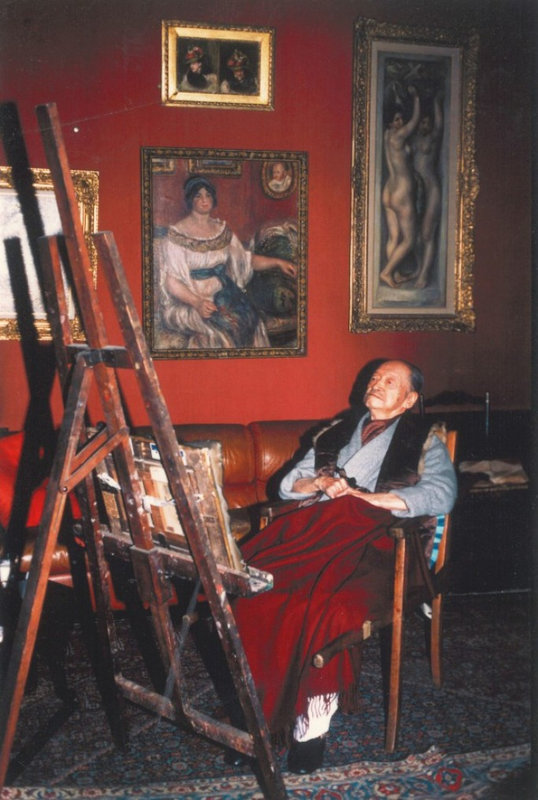
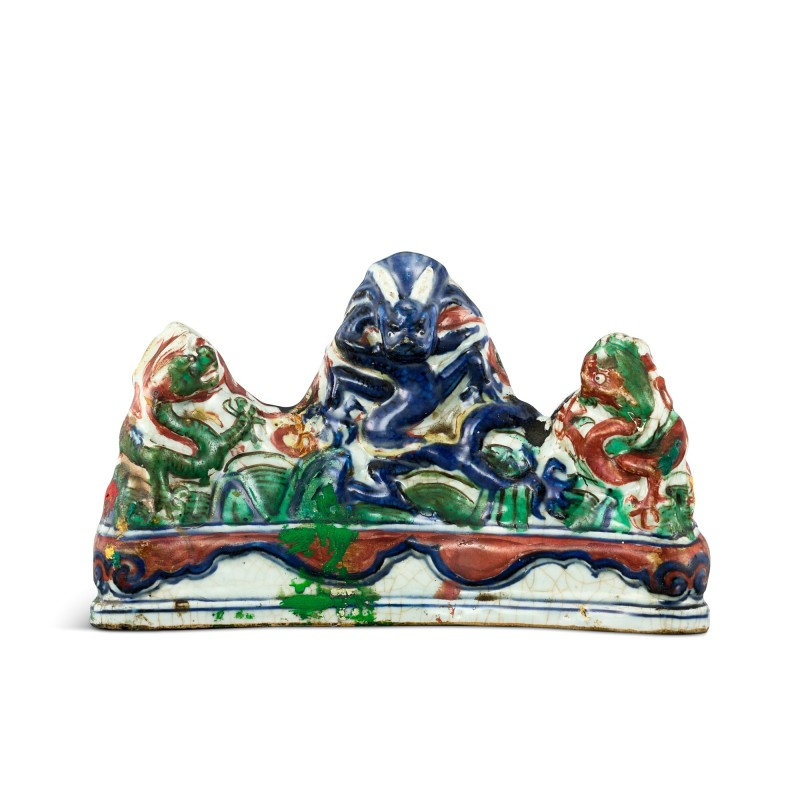
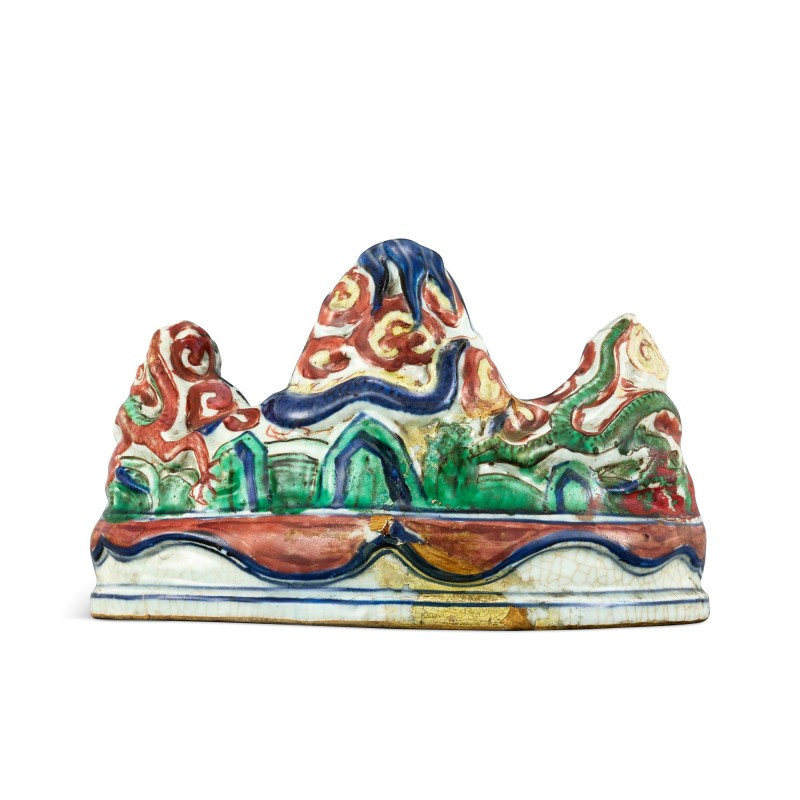
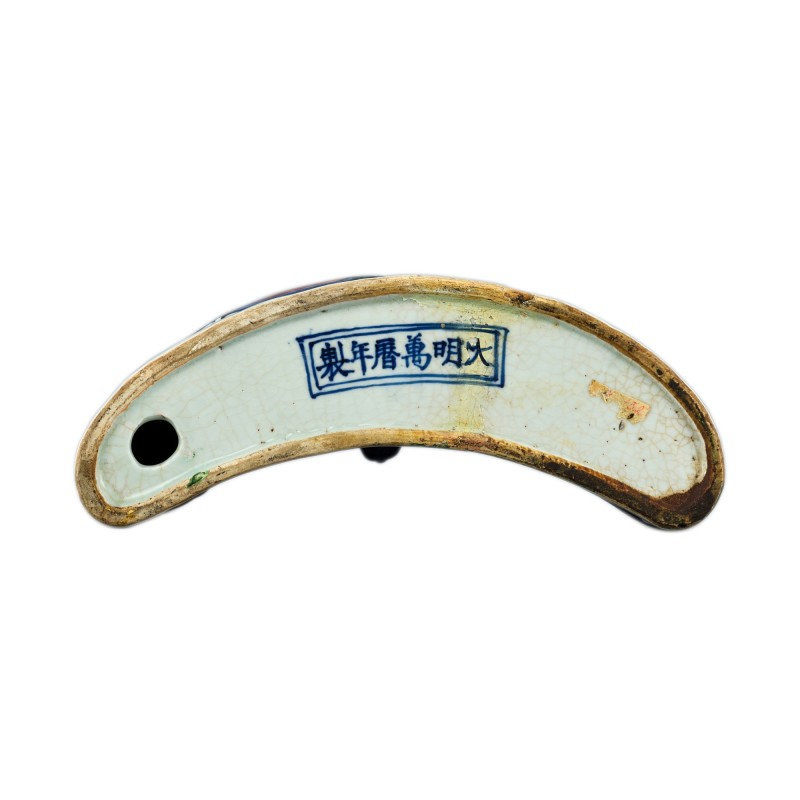
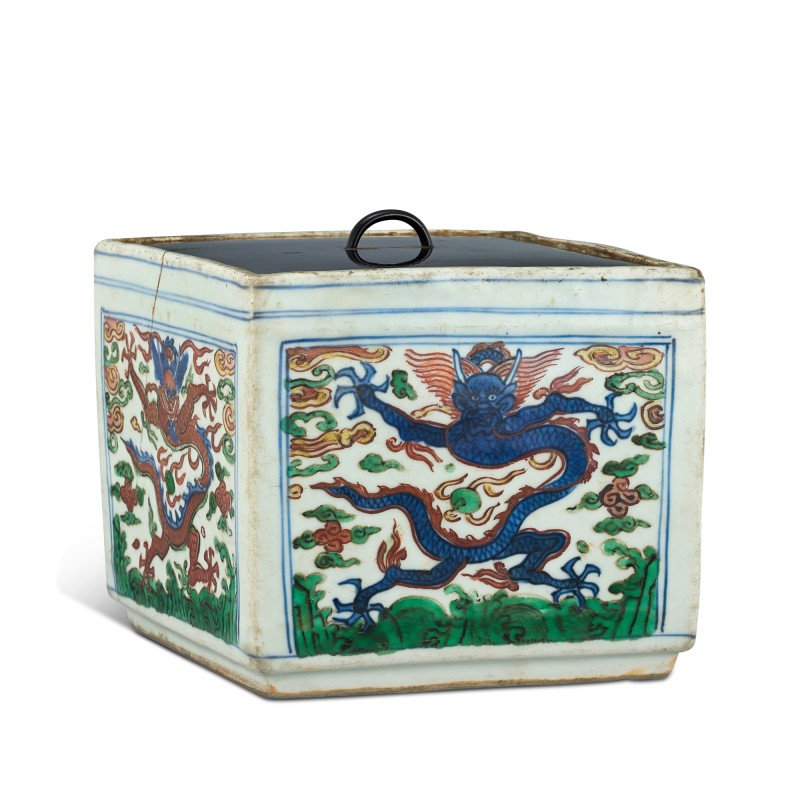

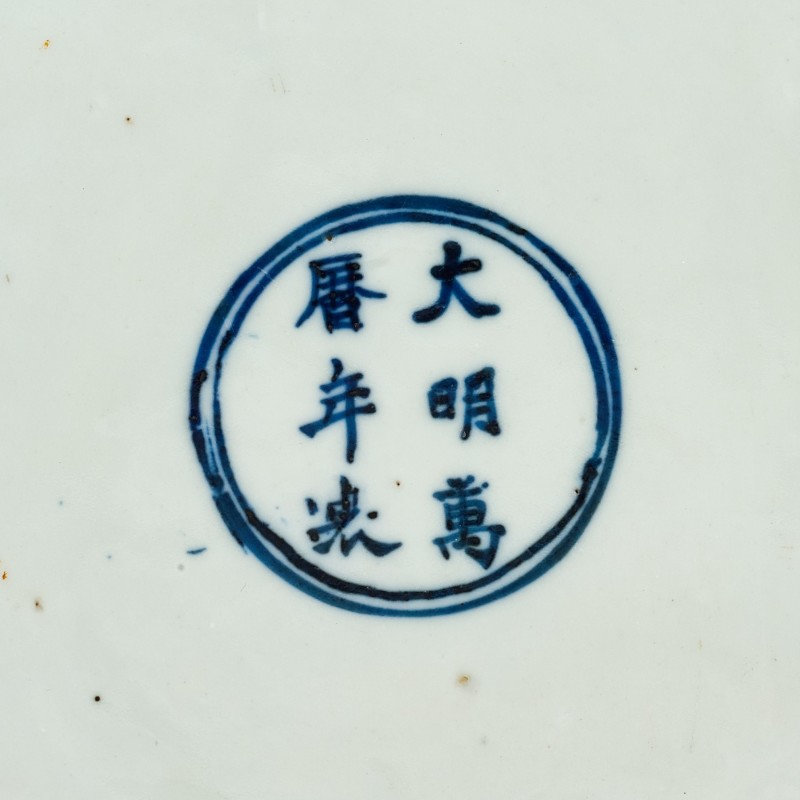
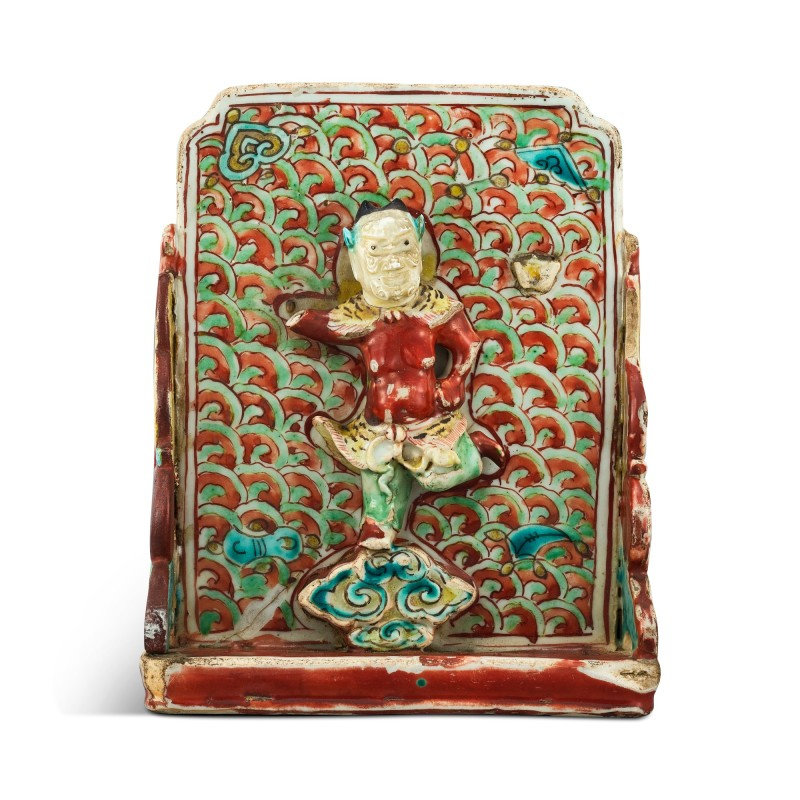
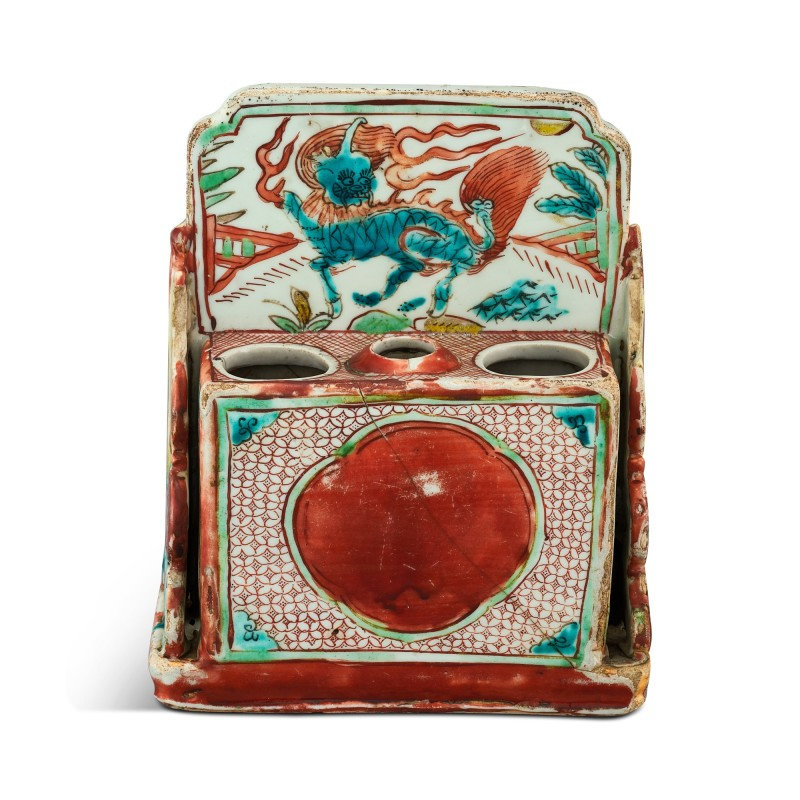
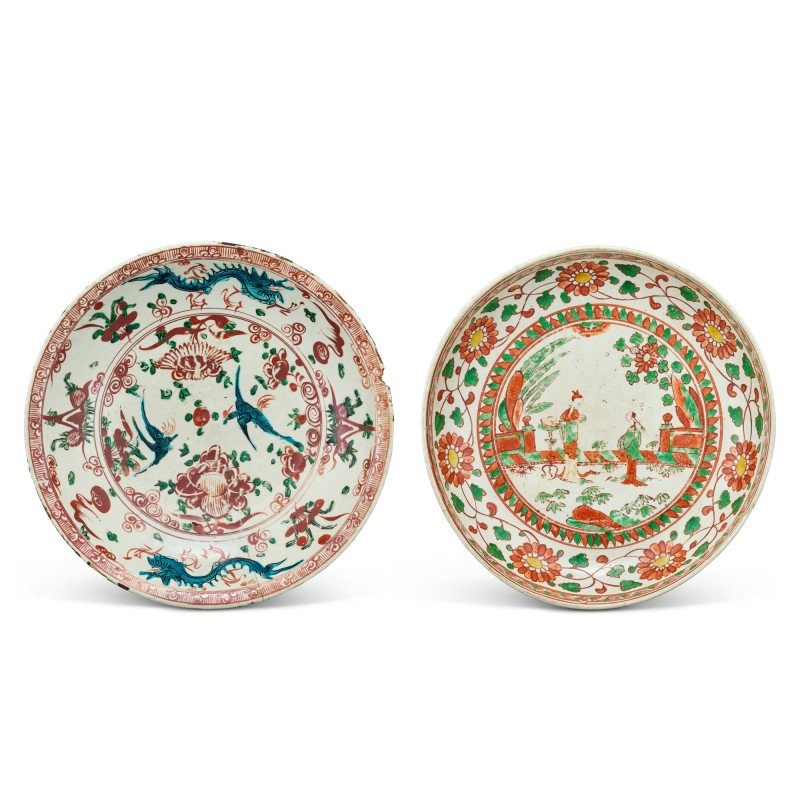
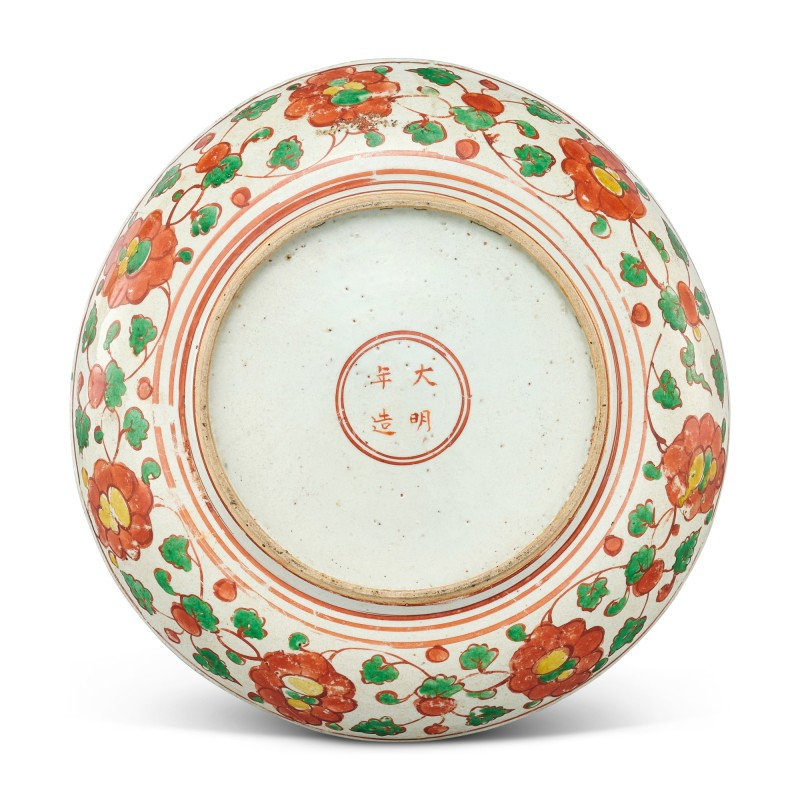
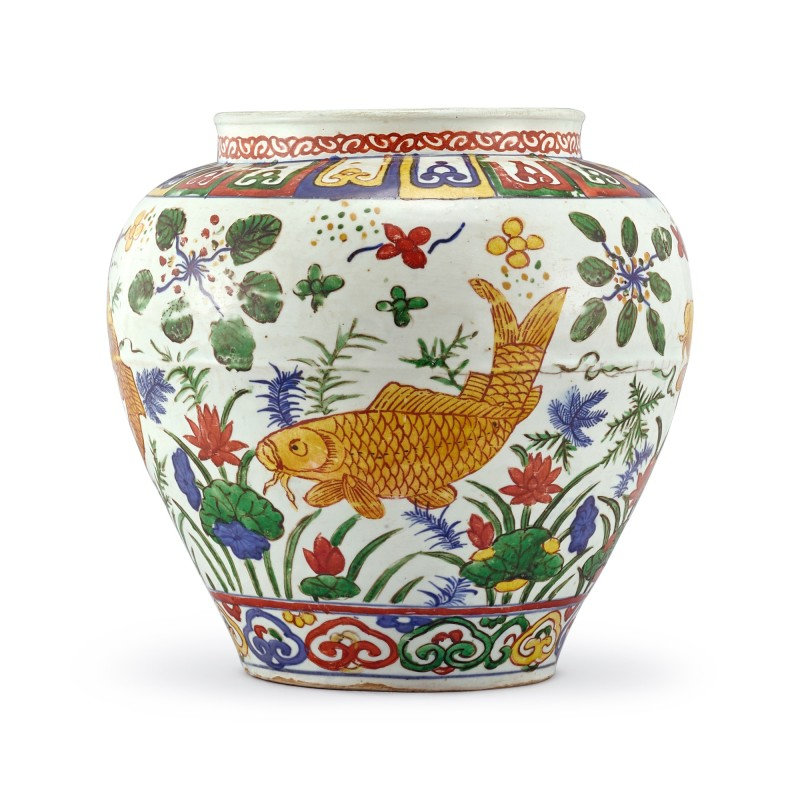
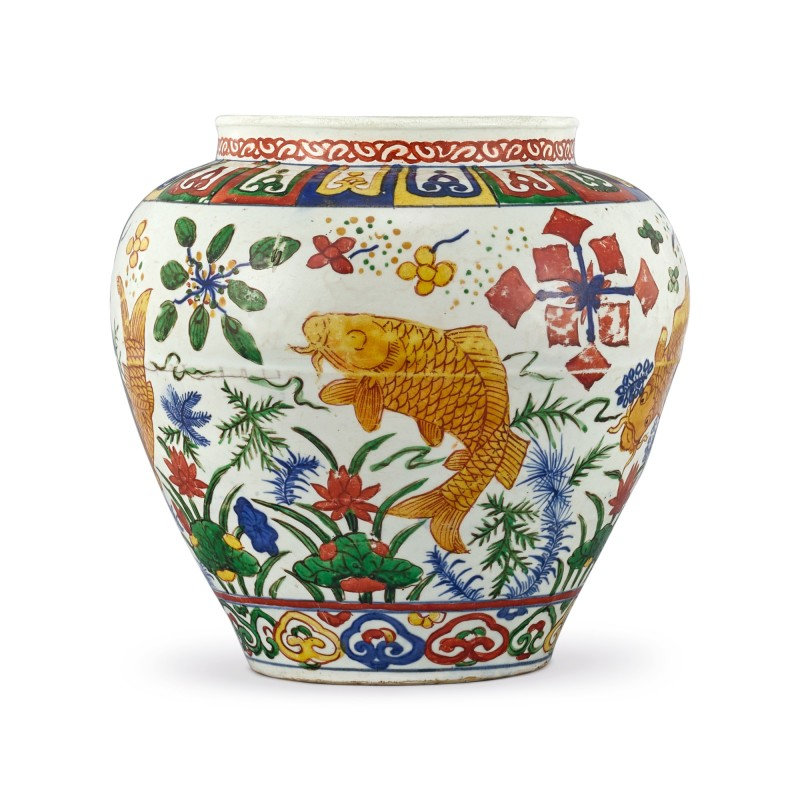
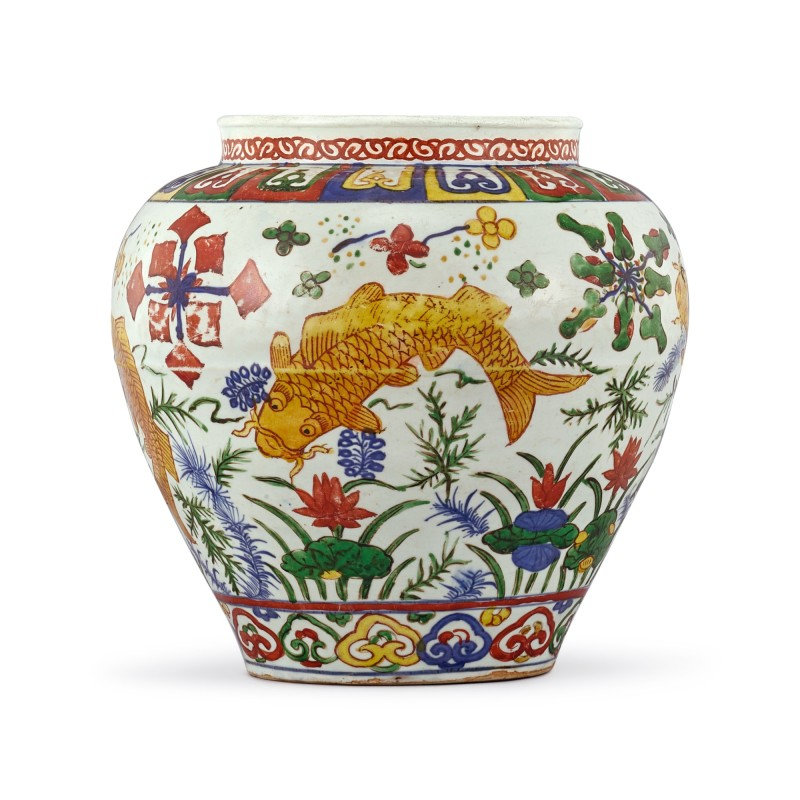

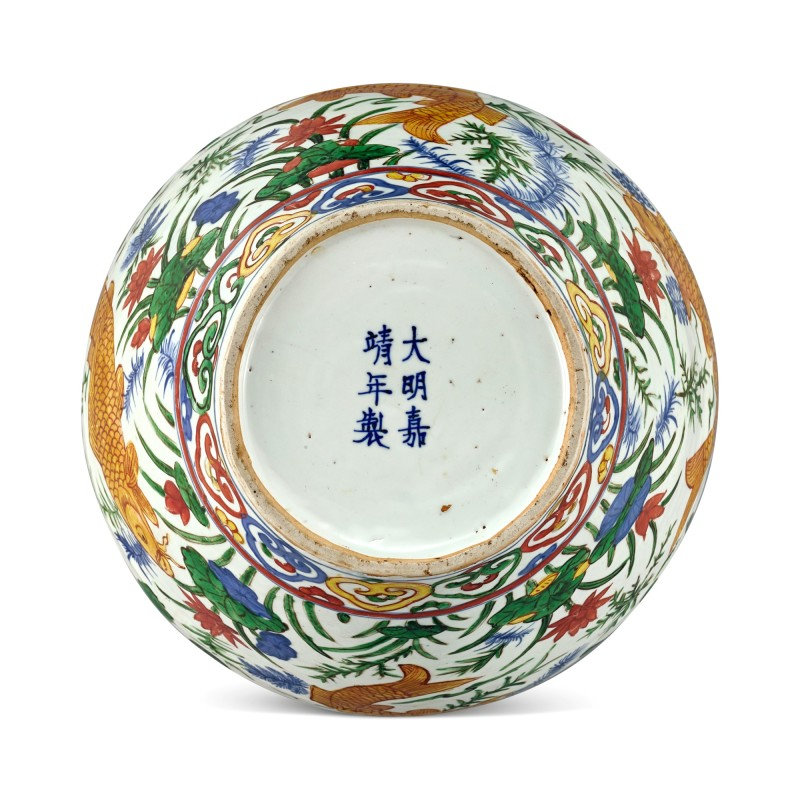





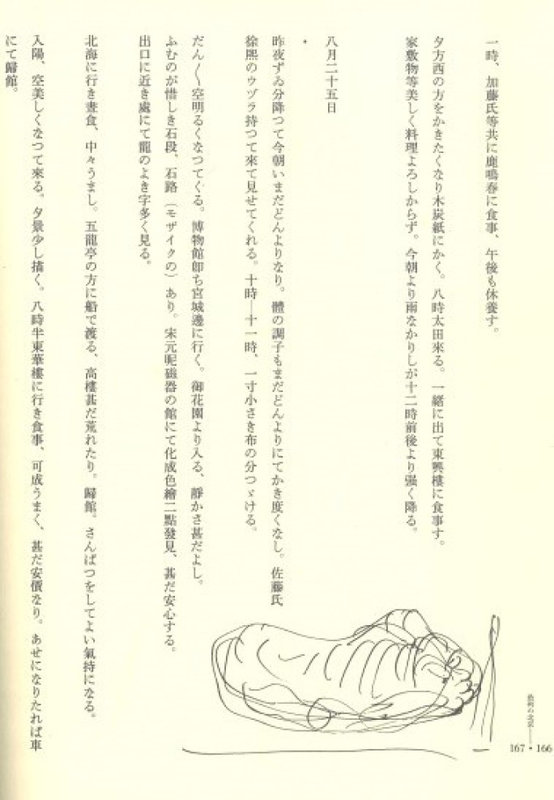

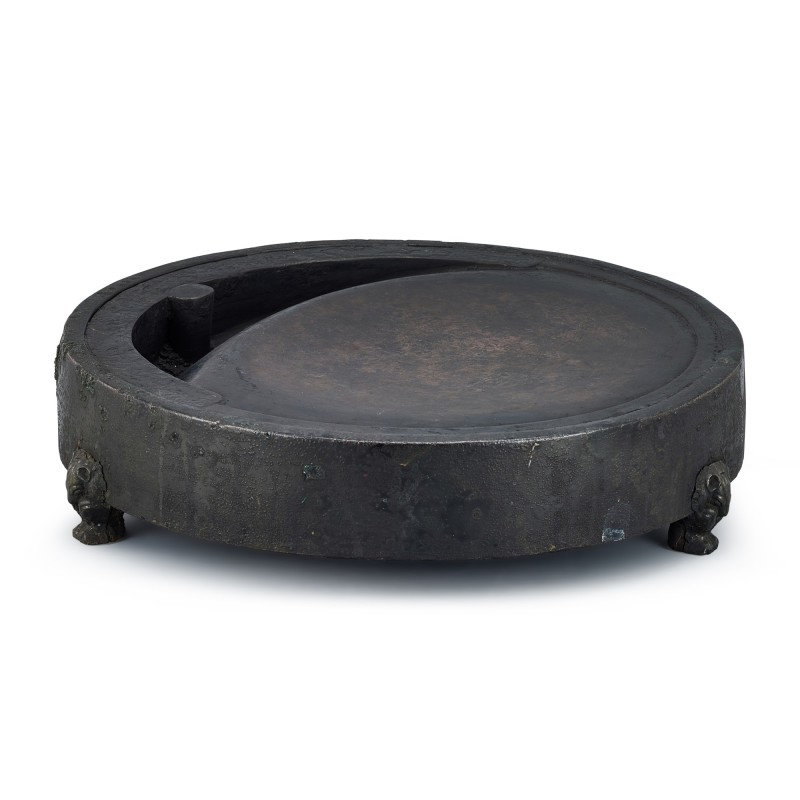
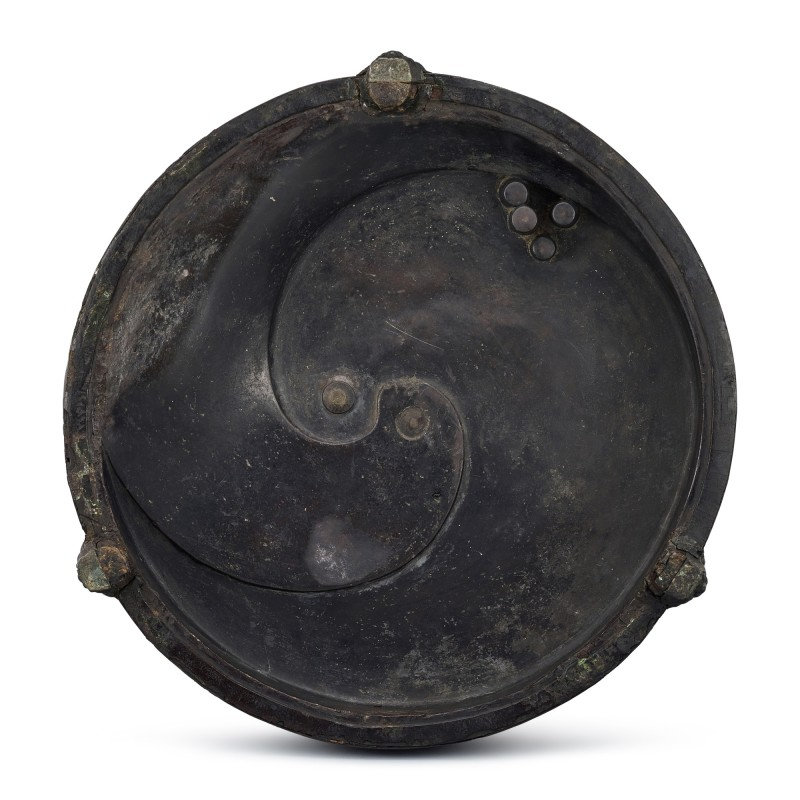


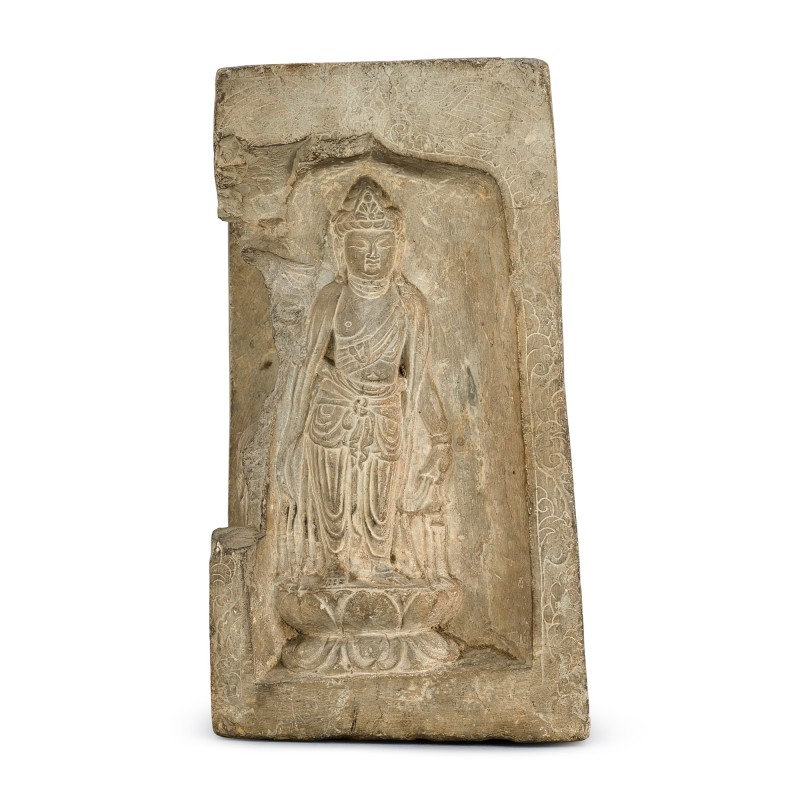
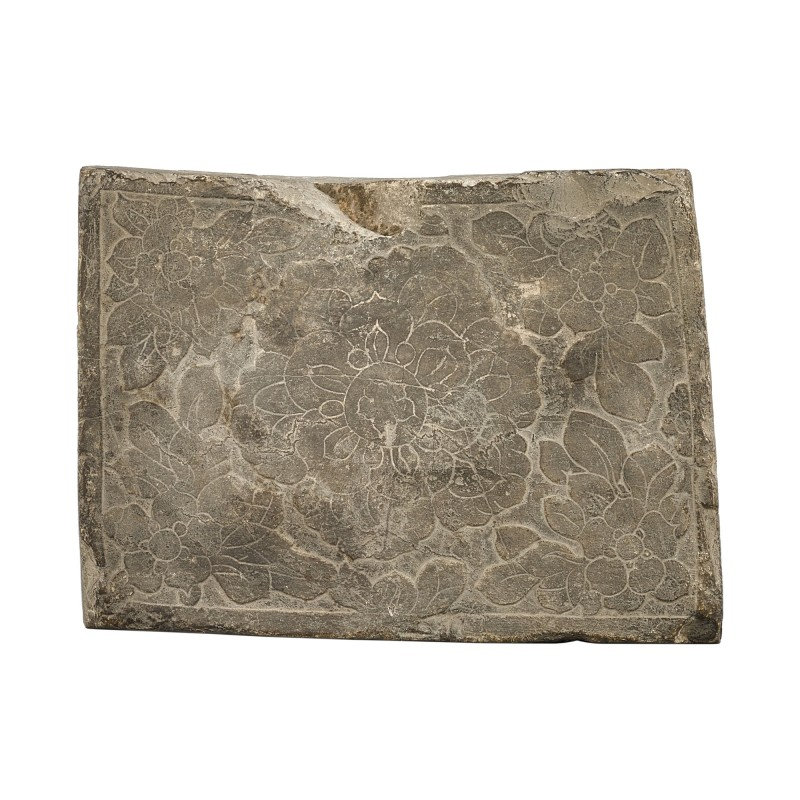


/image%2F1371349%2F20240412%2Fob_032fb1_2024-nyr-22642-0928-000-a-rare-painted.jpg)
/image%2F1371349%2F20240406%2Fob_9dfc32_43940a1f-2ced-406a-946b-752cdf1507aa-0.jpg)
/image%2F1371349%2F20240324%2Fob_62b3a4_827-1.jpg)
/image%2F1371349%2F20240323%2Fob_17984d_2024-nyr-22642-0826-000-a-painted-cizh.jpg)